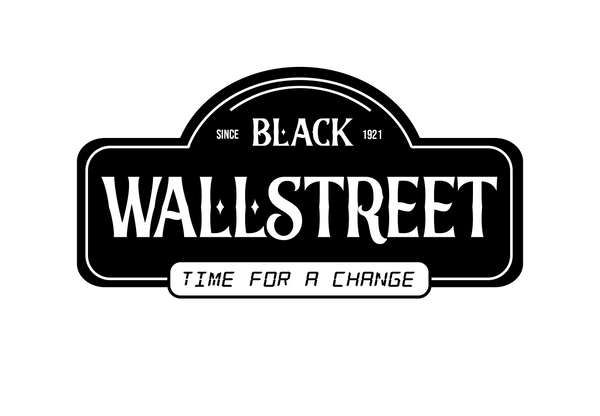
The Massacre America Tried to Forget

On April 29, Middle Tennessee State University’s Forensic Institute for Research and Education (FIRE) hosted a powerful and sobering symposium titled “Silent No More: The symposium “Silent No More: The Tulsa Race Massacre of 1921” took place at the Keathley University Center. The symposium sought to reveal truths about America's deadliest racial violence while elevating the persistent demands for justice from survivors and descendants.
Thomas Holland from FIRE directed the symposium which examined the historical factors that raised racial tensions during the early 1900s. During the period after Reconstruction, Black Americans relocated en masse from Southern rural areas to Northern and Western cities because they wanted better economic opportunities and protection from Jim Crow laws. Black Americans experienced alternative forms of hostility in northern cities which maintained freedom from legal segregation but continued to show racial prejudice.
Holland pointed out that between 1910 and 1920 an estimated half a million Black Americans left the rural South to settle in urban areas. An examination of these urban regions revealed they might not have been as racially welcoming as they believed.
The Red Summer of 1919 marked the peak of racial tensions as historians describe this violent period when nationwide race riots resulted in hundreds of deaths. Those mounting racial tensions reached their peak in Tulsa, Oklahoma two years later with a cataclysm of violence beyond comprehension.
Professor Suzette Malveaux from Washington and Lee School of Law delivered a detailed presentation about the distressing 18-hour period from May 31 to June 1, 1921. A white mob that included local police deputies targeted Tulsa’s prosperous Black neighborhood known as “Black Wall Street” after arresting Black teenager Dick Rowland during that period.
A span of less than 24 hours saw 35 blocks transformed into ashes. Thieves looted and set fire to homes as well as businesses and educational establishments and places of worship. Authorities estimate that over 300 African Americans lost their lives during the Tulsa Race Massacre. The attack wasn’t just deadly—it was dehumanizing.
Malveaux stated that certain people viewed this event as a celebratory gathering. Women and children were a part of the scene as photographers captured images of people who treated Black bodies like trophies.
Survivors who took legal action faced court indifference after enduring their initial persecution. In 2003 Malveaux worked without pay as legal counsel for survivors who filed a federal lawsuit. When the case of Alexander v. State of Oklahoma reached the court system it ended in dismissal because the statute of limitations had expired. Malveaux speaks out continuously even though justice has never been served.
She explained to the audience how the law evolved to become an instrument for breaking survivors' resilience over time.
Forensic science student Desiree Westry reflected on why the symposium was crucial: Although slavery ended long ago people must understand the subsequent path that explains current societal conditions and identifies the factors that have retarded progress.
The event concluded with a screening of the PBS documentary “Tulsa: The event finished with the PBS film "Tulsa: The Fire and the Forgotten" and a panel discussion that examined both the historical tragedy and its enduring effects.
MTSU’s symposium revealed a frequently concealed history while functioning as both a commemoration and a call to action by demonstrating that revealed truth cannot be suppressed.

Discover the untold legacy of Black Wall Street through powerful storytelling and join the movement to honor history and demand justice.




